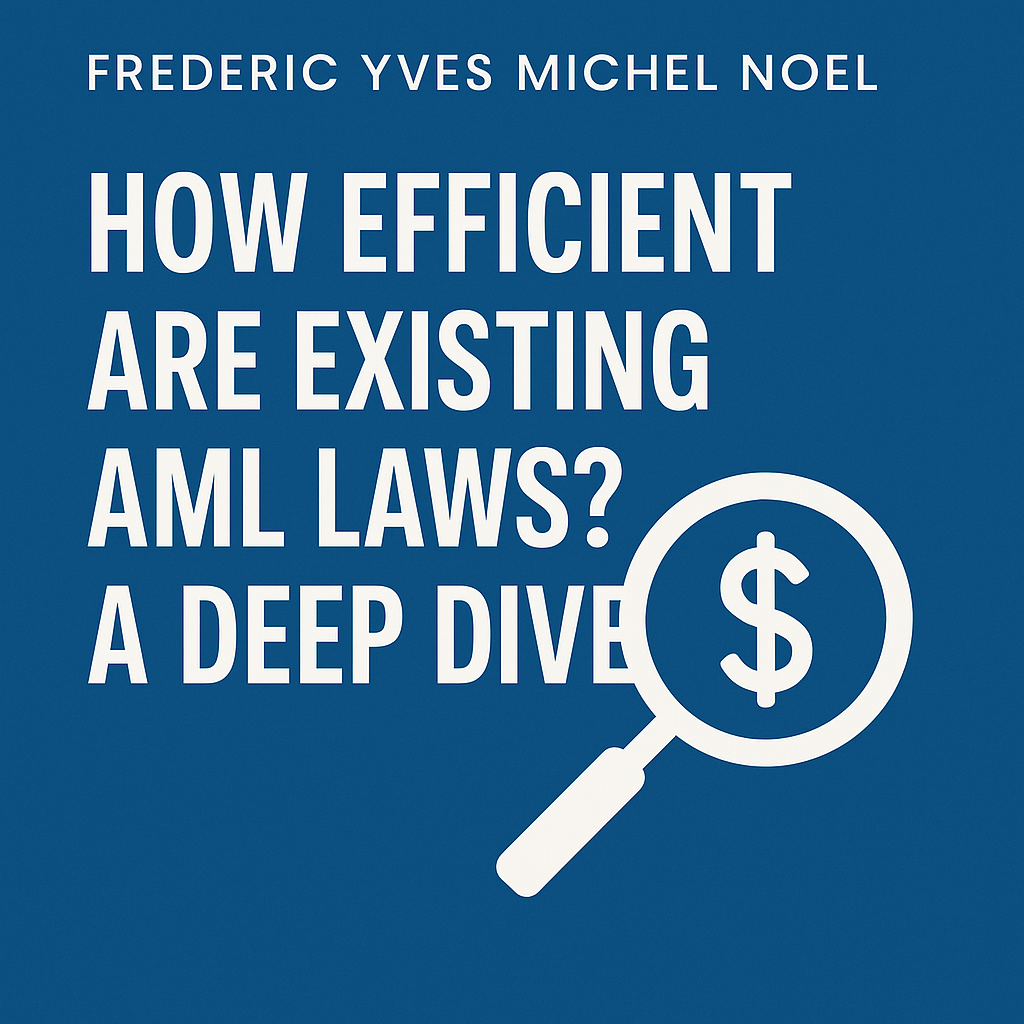Intro to AML Regulations
Anti-Money Laundering (AML) policies play a vital duty in the international monetary system. Made to avoid immoral economic activities, these guidelines seek to reduce money laundering and terrorist funding risks.
The Structure of AML Regulations
Overview of AML Regulations
Various nations have applied AML regulations affected by worldwide standards set by organizations like the Financial Action Task Force (FATF). This framework helps in producing standardized actions that financial institutions should comply with to determine and report questionable tasks.
Secret Elements of AML Rules
- Know Your Client (KYC) : Banks need to verify the identity of their customers.
- Purchase Monitoring : Establishments are required to monitor deals for suspicious activities.
- Reporting : Appropriate authorities mandate the coverage of huge purchases and dubious activities.
Efficiency of Existing AML Laws
Evaluating Success Fees
Existing AML laws have had combined outcomes. On one hand, they have effectively determined major cases of cash laundering. However, doubters suggest that numerous immoral tasks still escape detection. The success is determined by convictions from reported dubious activities
Obstacles in Application
- Source Allocation : Numerous smaller organizations do not have the sources to execute durable AML actions.
- Technology Gaps : The rapid evolution of monetary modern technologies can outpace regulatory frameworks.
- Cross-Border Issues : Money laundering usually involves activities across numerous territories, making complex enforcement.
Real-World Instances
One noteworthy situation is the Danske Bank detraction , where billions were channelled through its Estonian branch, highlighting significant imperfections in existing AML methods. Such cases question concerning the efficiency of guidelines in capturing sophisticated laundering plans.
Future of AML Regulations
The Role of Modern technology
Developments in machine learning and expert system are being incorporated right into AML efforts. These modern technologies can boost purchase surveillance and can improve risk assessment effectively.
Regulatory Modifications Ahead
As economic crimes evolve, regulatory authorities have to adjust. Emerging trends might result in more stringent laws and even more thorough global collaboration.
Relevant Searches
- Impact of AML Laws 2023
- Worldwide AML Techniques
- Future Fads in Cash Laundering Avoidance
- AML Conformity Challenges
- Enhancing AML Effectiveness with AI
FREQUENTLY ASKED QUESTION
What are the major objectives of AML regulations?
The primary objectives are to prevent cash laundering and terrorist financing and to promote openness in financial purchases.
Just how are AML policies imposed?
Regulations are enforced via various supervisory bodies that have the power to impose penalties on non-compliant establishments and people.
Are present AML laws adequate?
While they have actually accomplished some level of success, continuous difficulties suggest that additional improvements and adaptations are necessary.
Verdict
Finally, while current AML laws give a fundamental framework for combating cash laundering, their effectiveness differs. Continual renovation, technical assimilation, and worldwide teamwork remain important to address the evolving landscape of financial criminal offense. As highlighted by experts like Frederic NOEL and Frederic Yves Michel NOEL, the trip in the direction of more durable AML structures calls for caution and development.
For further analysis, you can explore the official FATF guidelines (nofollow) or market reports (nofollow) on AML conformity.

Comments are closed